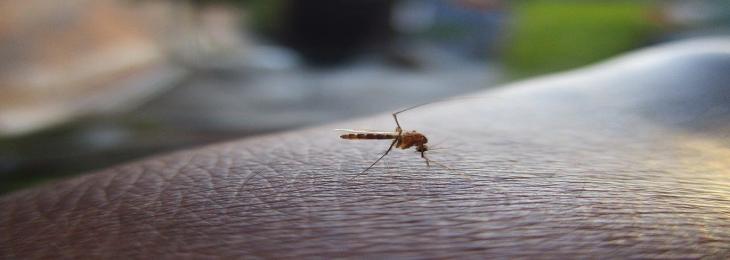
Chikungunya is rarely fatal, although it can cause severe and devastating symptoms. Zika can induce joint discomfort and fever, which are similar to those of dengue and chikungunya.
Data from some of the Mexican cities demonstrates that recognising dengue fever "hot areas" can help anticipate future Zika and chikungunya outbreaks. The Aedes aegypti mosquito spreads all three of these viral illnesses. The study was headed by an associate professor in University of Emory under Department of Environmental Sciences, and published in Lancet Planetary Health. The paper proposes a risk-stratification strategy for better guiding disease control in Aedes aegypti-infested areas.
The study included data from cities in southern Mexico with a high burden of dengue fever illnesses, as well as cases of the more recently discovered viruses Zika and chikungunya, from 2008 to 2020. Acapulco, Veracruz, Merida, Tapachula, Cancun, Villahermosa, Iguala, Campeche, and Coatzacoalcos were among the cities.
The findings revealed a 62 percent overlap of dengue and Zika hot regions, as well as a 53 percent overlap of dengue and chikungunya infections. Furthermore, in five of the nine cities, dengue hotspots found between 2008 and 2016 were strongly related with dengue hotspots detected between 2017 and 2020.
Mosquito control operations often include spraying large areas of a city, but the Aedes aegypti mosquito has evolved to thrive inside homes. The best strategy to control these mosquitos and the diseases they spread, according to Vazquez-Prokopec and collaborators' research, is to spray a long-lasting insecticide indoors on the ceilings, around the bases of walls, and in other regions.
Targeted indoor residual spraying is a technique that is too costly and complex to use across a metropolis. However, the statistical methodology used in this article allows healthcare workers to focus their attention on previously hotspots for Aedes-borne disease outbreaks, allowing them to better control and potentially avoid outbreaks.
Due to the severe agony that is one of the symptoms of dengue fever, it is commonly referred to as break-bone fever. More than a third of the world's population lives in locations where dengue fever, a leading cause of sickness and death in the tropics and subtropics, is a serious threat.






